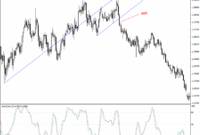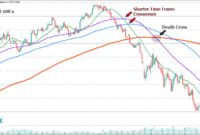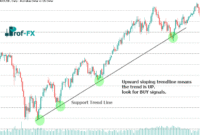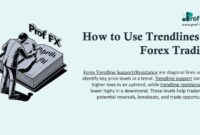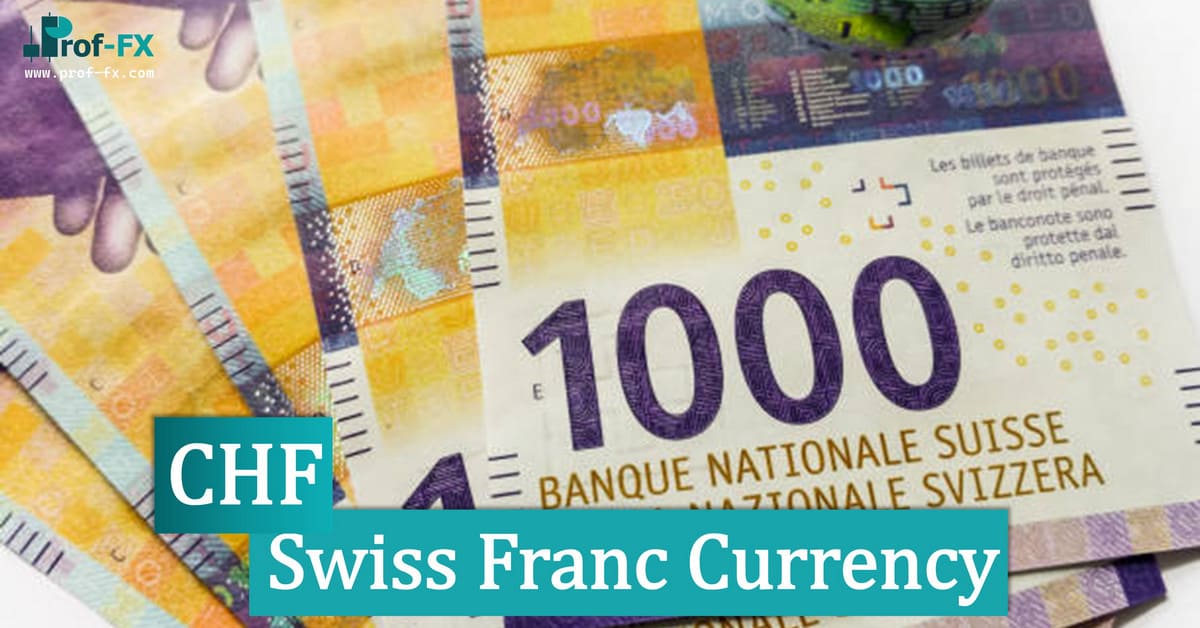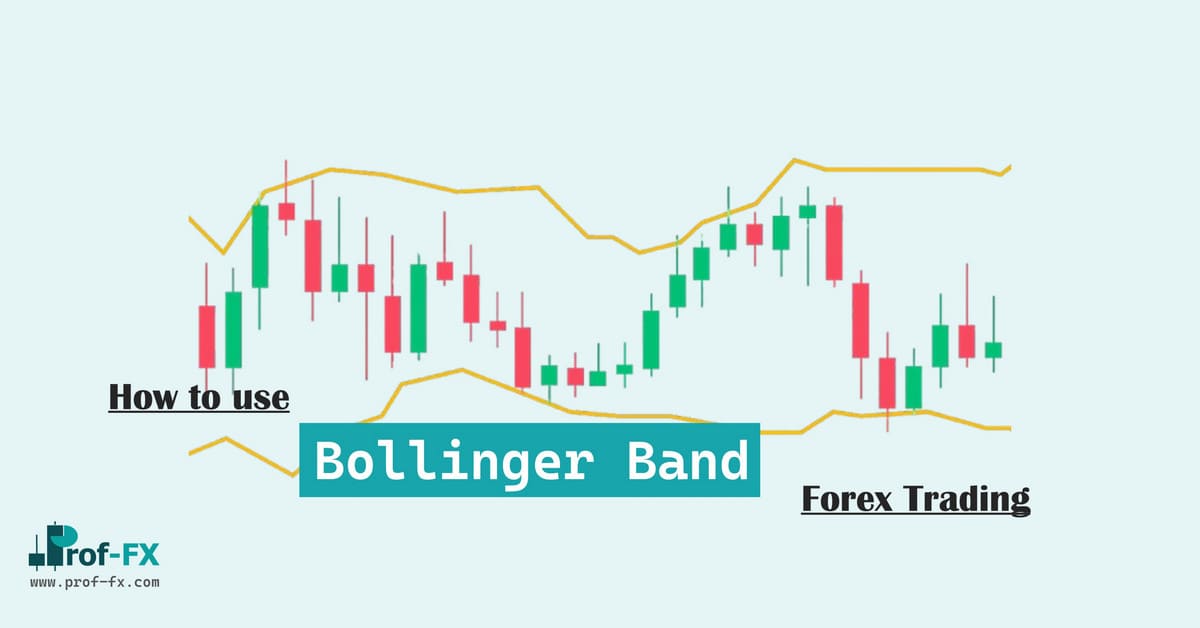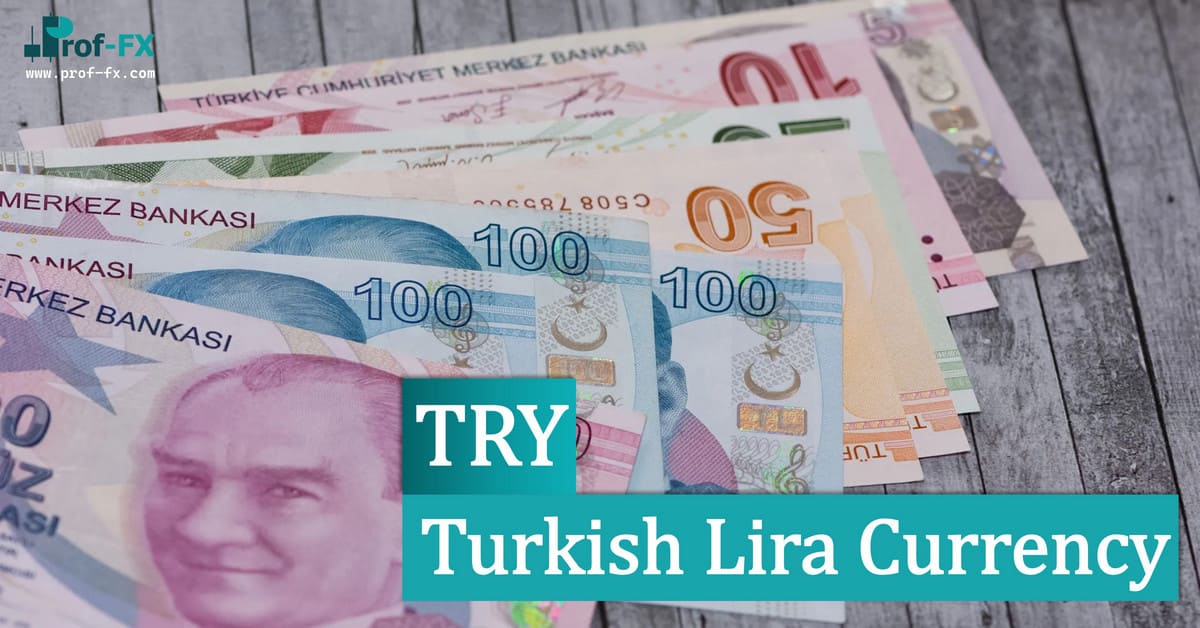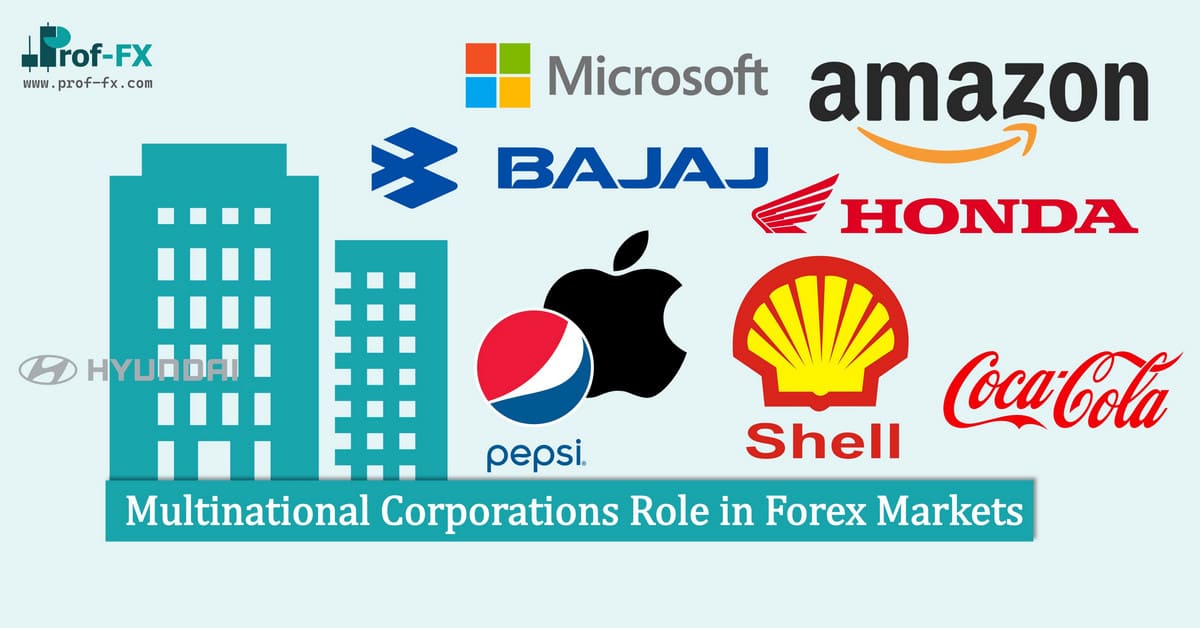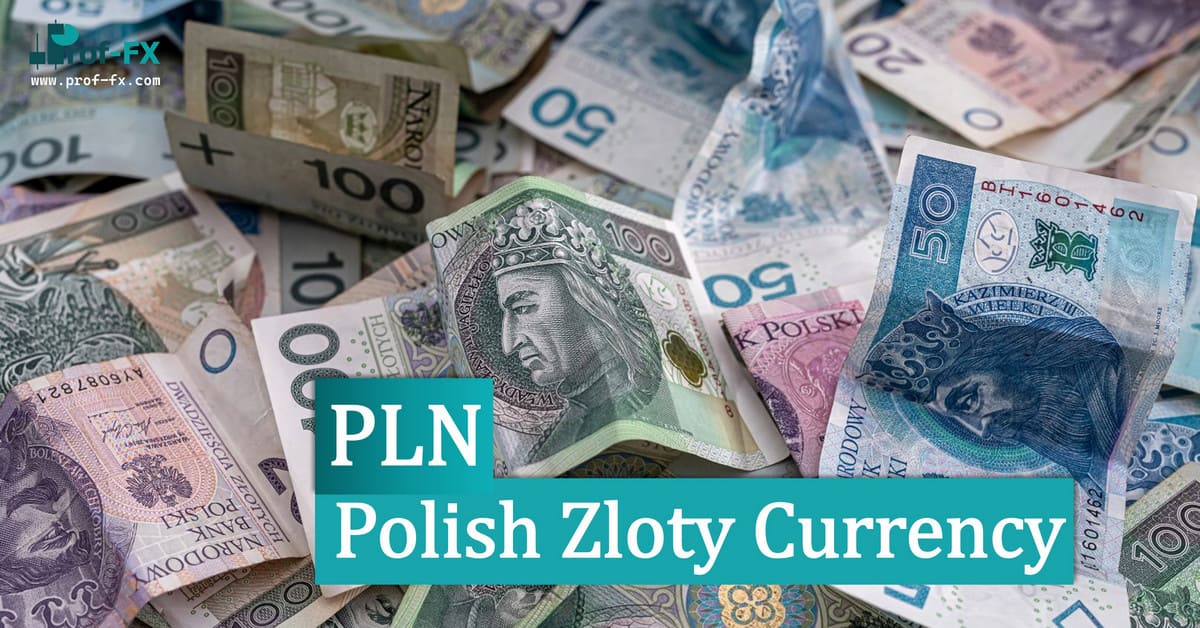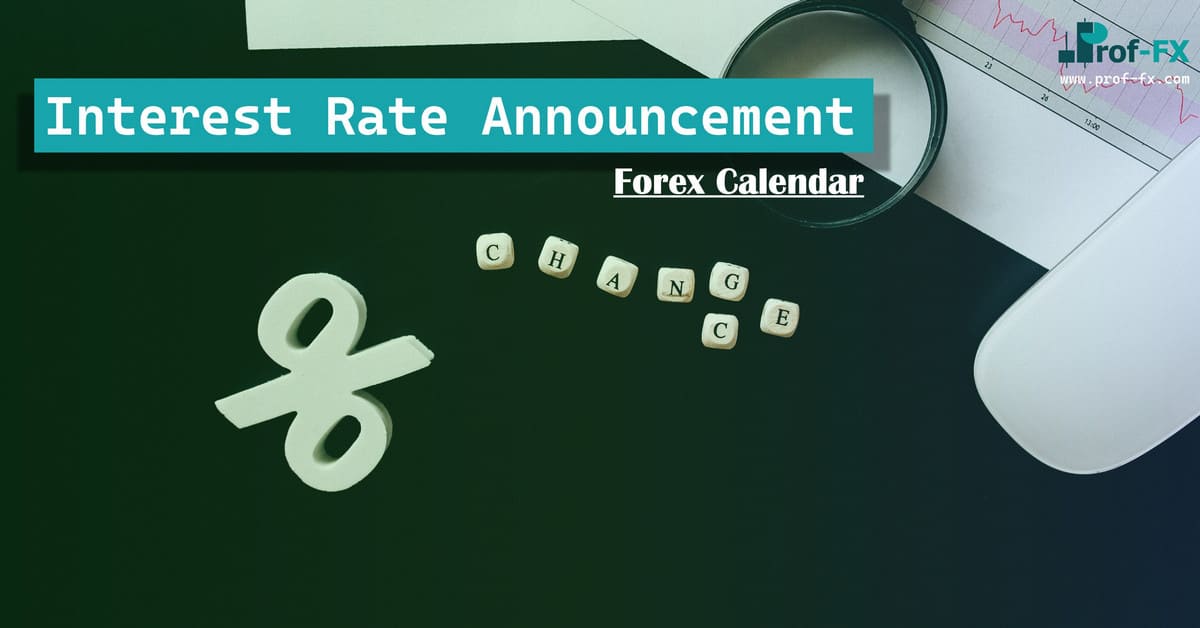Why do we care about a country’s central bank, its mandates, and its gold and foreign currency reserve holdings? We care because, perhaps more than any other institution, a country’s central bank can determine whether that country’s currency is going to get stronger or weaker.
Thankfully, central banks don’t just jump into the market willy-nilly to try to push currency prices higher or lower. The moves they make in the market are typically driven by the mandates they have been given.
Some central banks have been charged with keeping economic growth under control by not letting the economy expand too quickly or contract too dramatically. Other central banks have been charged with keeping unemployment levels low. Still other central banks have been charged with both mandates (which can prove to be quite tricky at times).
Understanding the mandates that the central bank that watches over the currency you are looking to trade has been given can help you predict the actions that the bank circumstances.
Once you understand the mandates that the central bank has been charged with, you need to find out how much gold and foreign currency reserves the bank holds. The amount of reserves the central bank holds is a good indicator of how capable the bank is of intervening in the open market.
Central banks with smaller reserves have less ammunition with which to combat volatile currency markets and wild price swings. Conversely, central banks with larger reserves have plenty of latitude to make adjustments in the Forex market if they deem it necessary.
As you keep a watchful eye on these central banks, be on the lookout for any news that might indicate that the banks are making changes to the composition of their foreign exchange reserves. We have seen a trend of central banks trying to diversify away from the U.S. dollar ever so slightly, and if that trend continues into the future, it could affect aggregate demand for the U.S. dollar.
According to the International Monetary Fund (IMF) and its latest Currency Composition of Official Foreign Exchange Reserves (COFER), www.imf.org the U.S. dollar is still the reserve currency of choice by quite a wide margin, but the euro is gaining some ground.


